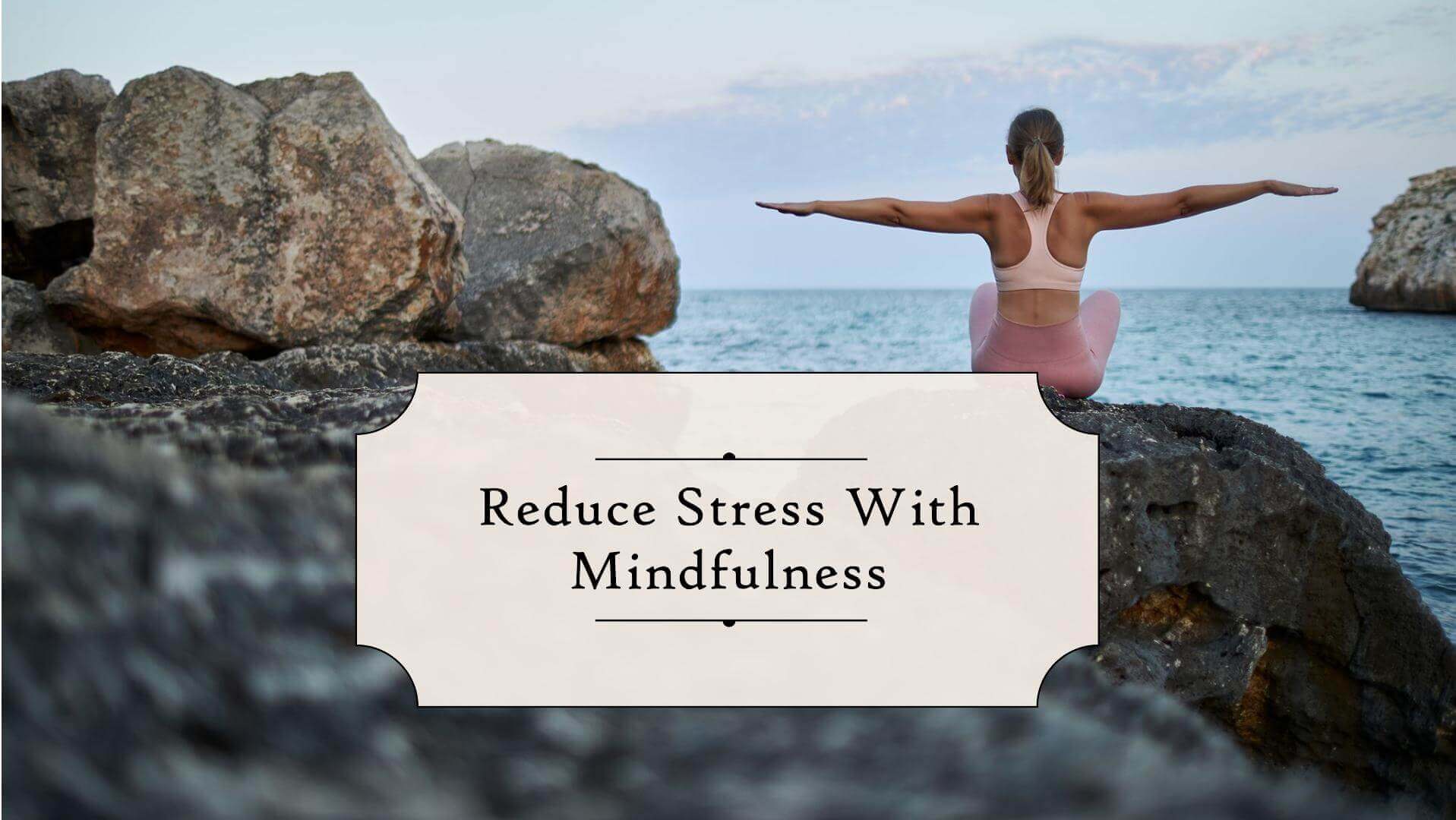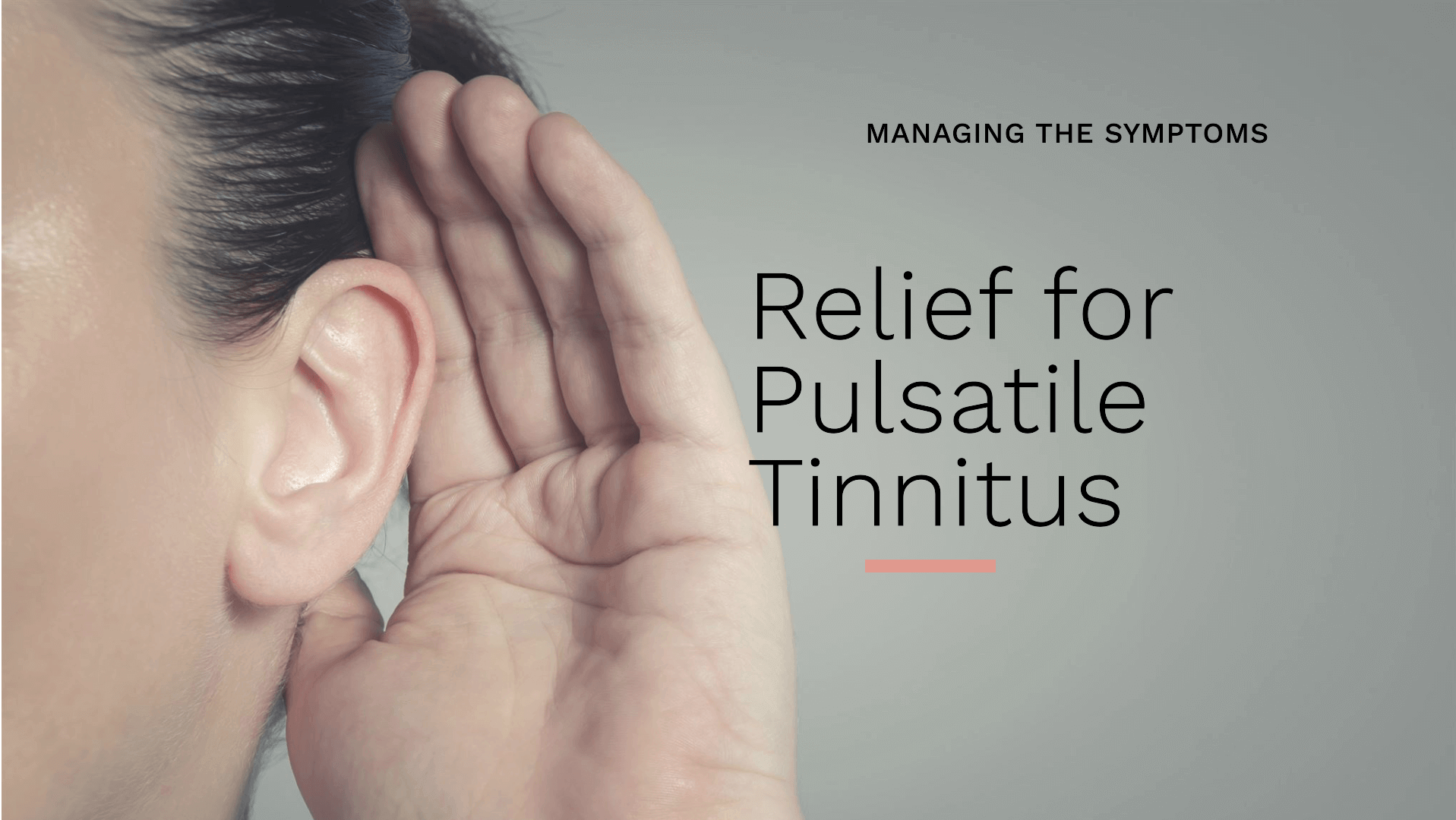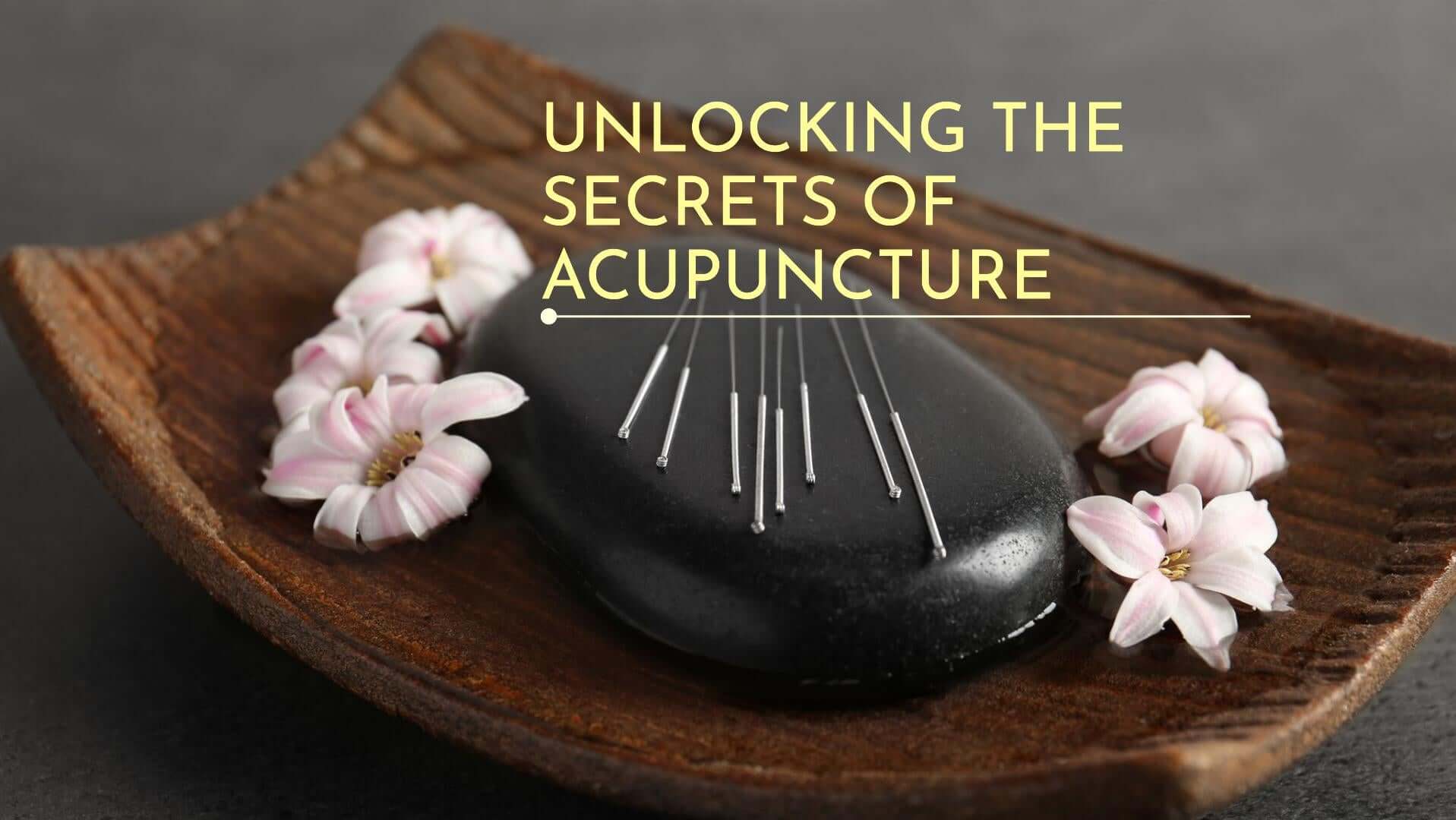Table of Contents
In an era where the pace of life seems to only accelerate, finding moments of calm and clarity has never been more crucial. Mindfulness exercises offer a bridge back to balance, grounding you in the present and alleviating the stress that modern living imposes.
Whether you're new to mindfulness or looking to deepen your practice, understanding these techniques can transform moments and your overall approach to life's challenges.
Understanding Stress and Its Effects
Common Sources
Every day, you face many stressors. Work pressure, financial worries, and personal relationships top the list. Each one can weigh heavily on your mind and body.
Work deadlines demand your constant attention. The pressure to perform can be overwhelming, and financial worries add another layer of stress.
Thinking about bills or savings can keep you up at night. Personal relationships, too, contribute their share of stress. Misunderstandings or expectations from loved ones can lead to tension.
Health Impacts
Chronic stress takes a toll on both your mental and physical health. It can lead to anxiety, depression, and even cardiovascular problems.
The mental strain from ongoing stress might manifest as anxiety or depression. These conditions can affect how you think, feel, and behave. Physically, the constant state of alertness can strain your heart and blood vessels. This increases the risk of high blood pressure and heart disease.
Early Recognition
Recognizing stress symptoms early is crucial for managing them effectively. Look out for signs like irritability, fatigue, or trouble sleeping.

Basics of Mindfulness Exercises
Starting with the basics, such as focused breathing or mindful observation, can significantly enhance one’s ability to remain present and reduce anxiety.
Focused Breathing
You can start with focused breathing. Sit or lie down in a comfortable position. Close your eyes and take deep, slow breaths. Concentrate on each breath as it goes in and out. Notice how your chest rises and falls.
This exercise helps you center your mind, pushing away distractions. Breath by breath, calmness will envelop you. It's a simple yet powerful way to begin your mindfulness journey.
Sensory Observation
Next, try sensory observation. Pick any object around you—a flower, a piece of fruit, or even a cup of tea. Focus all your attention on this object.
Observe its color, texture, and smell. If you can taste or hear it, immerse yourself in those sensations, too.
This practice sharpens your awareness of the present moment through the senses. It’s an effective method to anchor your thoughts in the now.
Breaking Cycles
Mindfulness exercises like these are crucial for breaking the cycle of automatic negative thoughts and responses to stress that were discussed earlier. By focusing on the present, you learn to observe these thoughts without judgment.
You realize they're just thoughts, not facts. This realization can be liberating. It allows you to respond to stress more consciously rather than reacting automatically with negativity or anxiety.
How Do Mindfulness Exercises Reduce Stress?
Mindfulness exercises reduce stress by calming the mind, improving emotional regulation, and decreasing anxiety levels through focused attention and breathing techniques.
Mindfulness isn't just a practice but a lifestyle change that can significantly improve mental and physical health. For those looking to manage stress, integrating mindfulness exercises into their daily life offers a practical and impactful way to improve mental health and quality of life.

Techniques for Stress Reduction
Regular practice of techniques like meditation, guided imagery, or body scans can lead to noticeable improvements in stress reduction and overall well-being.
Deep Breathing
Deep breathing exercises are a cornerstone of stress reduction. They help activate the body's relaxation response. Focusing on slow, deep breaths signals your nervous system to calm down. This can lower your heart rate and blood pressure, making you feel more peaceful.
To practice, find a quiet spot. Sit or lie down comfortably. Breathe in deeply through your nose, letting your chest and belly rise. Hold this breath for a moment. Then, exhale slowly through your mouth. Repeat several times.
Muscle Relaxation
Progressive muscle relaxation targets physical tension that comes with stress. It involves tensing and then relaxing different muscle groups in your body. This contrast highlights feelings of relaxation.
Start by tensing the muscles in your feet for about five seconds, then relax them completely. Work your way up through the legs, torso, arms, and face. With each step, notice how the stress leaves your body.
Guided Imagery
Guided imagery is another effective technique for calming the mind. It involves visualizing a peaceful scene or setting that makes you feel safe and relaxed. The key is to engage all your senses in this visualization process.
Imagine yourself in a serene place—maybe a beach or a quiet forest path. Think about what you see, hear, smell, touch, and taste there. This mental escape can significantly reduce stress levels.
Incorporating Mindfulness into Daily Life
Incorporating mindfulness into daily routines, like during a morning routine or in moments of stress, can help make mindfulness a more accessible and effective stress management strategy.
Mindful Eating
Mindful eating turns every meal into a meditation. Start by focusing on your food's texture, smell, and taste. Chew slowly. This not only enhances your dining experience but also improves digestion.
Walking Meditation
Turn walks into mindful journeys. Notice the rhythm of your steps and the sensation of the ground beneath your feet. Observe the sights, sounds, and smells around you without judgment.
Commuting Mindfully
Use your commute as a time to practice mindfulness. Instead of scrolling through your phone, pay attention to your surroundings or the sensation of movement. This can transform mundane commutes into moments of peace.
Scheduled Meditation
Set aside specific times for mindfulness meditation. Early morning or before bed are ideal times to cultivate a consistent habit. Even five minutes can make a significant difference in your day.
Technology Aids
Leverage technology to stay mindful throughout the day. Use apps or set alarms as reminders to take short, mindful breaks. These moments can help you reset and refocus.

Evaluating the Impact of Mindfulness Exercises
Evaluating the impact of mindfulness exercises on your life can provide valuable insights into their effectiveness and how they can be adjusted to better meet your needs.
Journal Keeping
You might find keeping a journal helpful in tracking your stress levels. This method allows you to notice any changes resulting from regular mindfulness practice. It's simple. Each day, jot down how you feel before and after each exercise. Over time, this record will reveal patterns and improvements in your emotional state.
Journaling acts as a mirror, reflecting the gradual benefits that might not be immediately obvious. It encourages a deeper connection with oneself, fostering an awareness that is both enlightening and empowering.
Physical Symptoms
Measuring improvements in physical symptoms of stress can also help you evaluate the impact of mindfulness exercises. Look for signs like better sleep quality or lower blood pressure. These are tangible indicators that your body is responding positively to the practice.
Improvements might not happen overnight, but noticing these small changes can be incredibly motivating. They serve as proof that your efforts are making a difference in your physical health.
Patience and Consistency
The importance of patience and consistency cannot be overstated when it comes to reaping the benefits of mindfulness exercises on overall well-being. It's a journey rather than a quick fix. The effects accumulate over time, requiring dedication and perseverance.
Remember, every step forward is progress, no matter how small it may seem. Celebrate these victories and significant milestones on improving well-being through mindfulness.
Summary
Mindfulness exercises are effective tools for managing stress and its mental and physical health impacts. Now's the time to take action. Start small; choose one or two mindfulness techniques that resonate with you and make them part of your daily routine.
The benefits are too significant to ignore. As you become more adept at managing stress through mindfulness, you'll find greater joy and peace in everyday moments. Let mindfulness be your guide to a healthier, more fulfilling life. Dive deeper into this journey today.
Related Healthy Living Posts
- 5 Amazing Benefits of Meditation
- How to Use Essential Oils for Meditation
- 5 Positive Benefits of Yoga
- Essential Oil Blends for Yoga

Frequently Asked Questions
What are mindfulness exercises?
Mindfulness exercises are techniques designed to focus the mind on present experiences, enhancing awareness and reducing stress. They can include meditation, breathing exercises, and mindful movement practices.
Can mindfulness be incorporated into daily life easily?
Yes, mindfulness can be seamlessly integrated into daily activities such as eating, walking, or even during work breaks by consciously paying attention to the present moment without judgment.
What are some simple mindfulness techniques for beginners?
Simple techniques include focused breathing, where you concentrate solely on your breath; body scan meditation, which involves mentally scanning your body for tension; and mindful observation, focusing on objects within your environment.
How long does it take to see the impact of practicing mindfulness?
The impact of practicing mindfulness can vary, but many individuals notice improvements in stress levels and overall well-being within a few weeks of consistent practice.
Is there scientific evidence supporting the benefits of mindfulness exercises?
Yes, numerous studies have demonstrated that mindfulness exercises can significantly reduce symptoms of anxiety and depression, improve mental health, enhance cognitive function, and contribute to better physical health.





